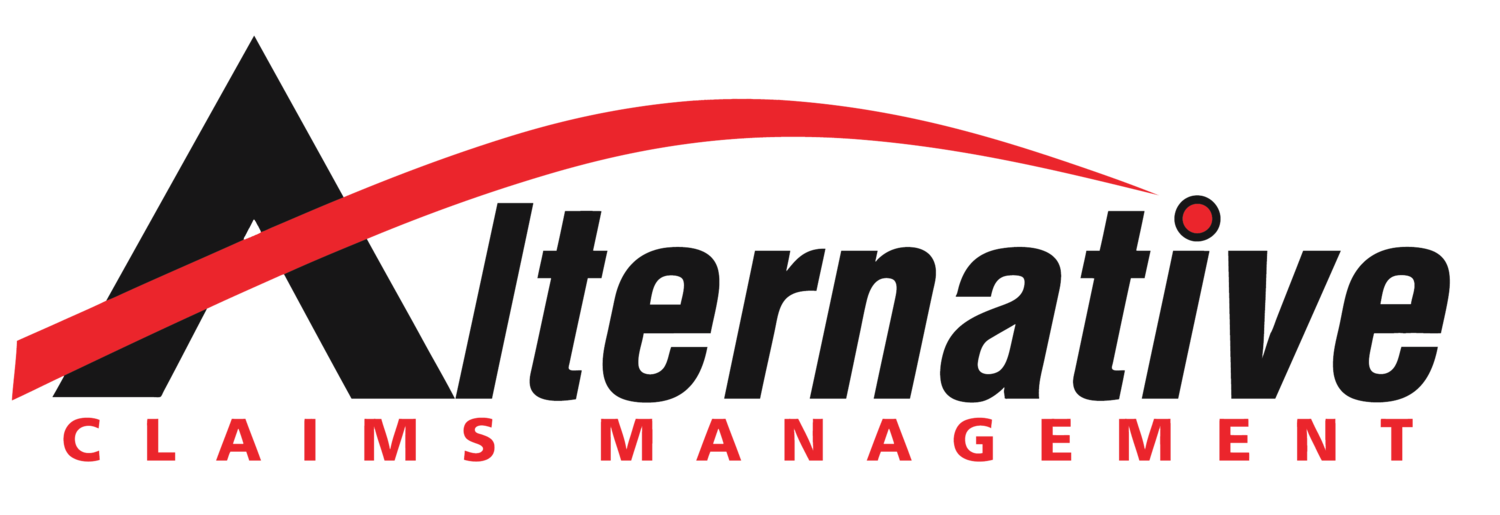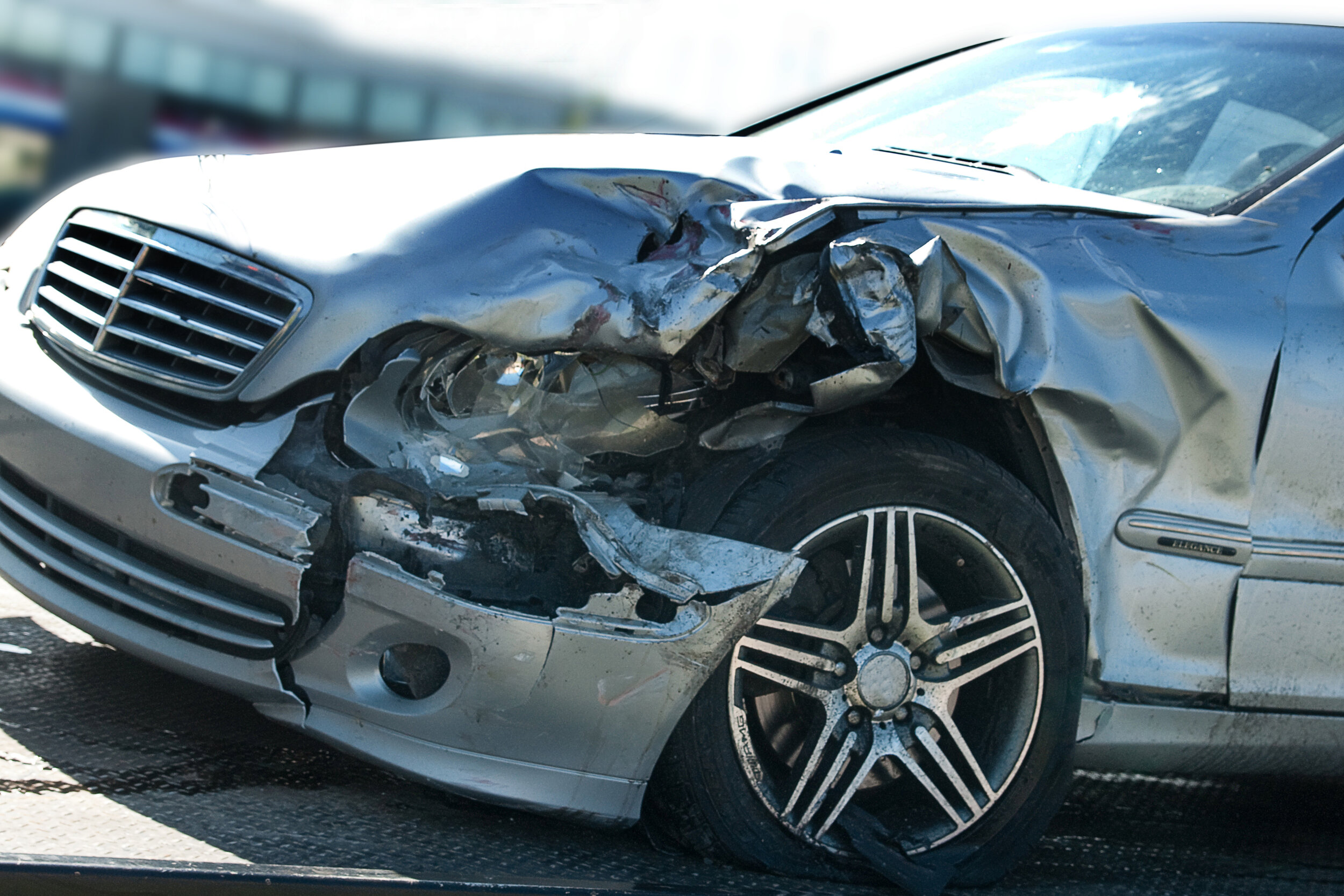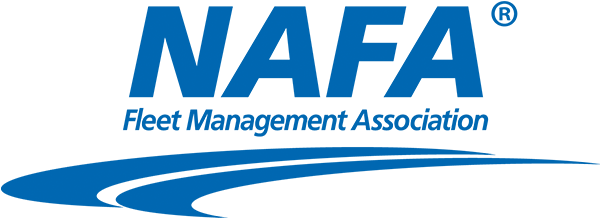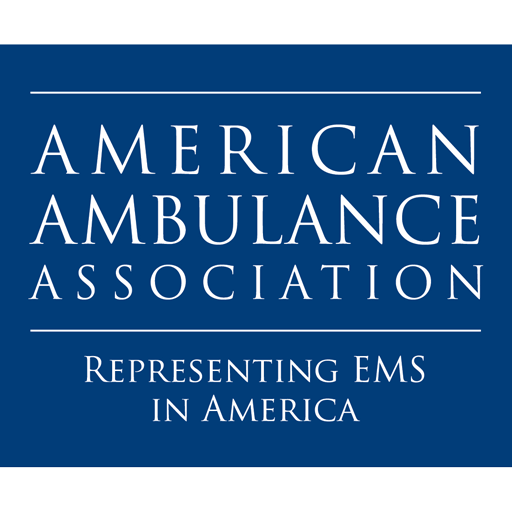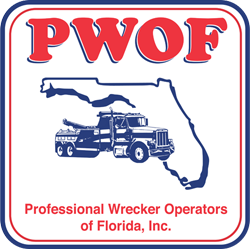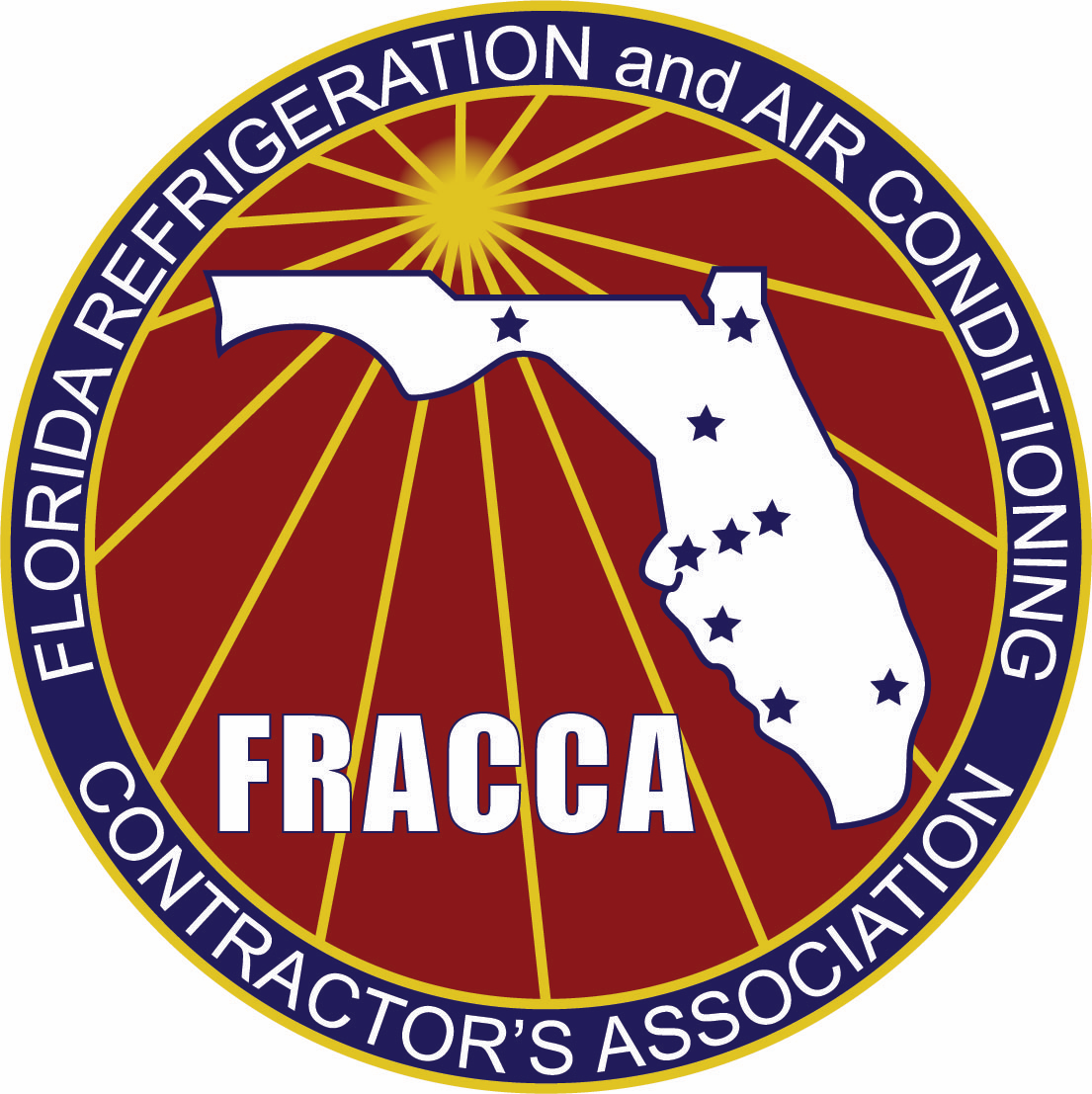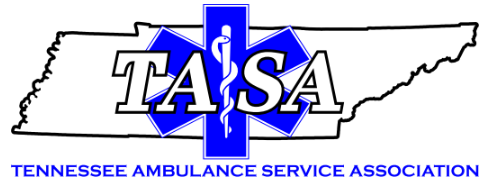Loaner fleets are gaining traction among nearly all brands as dealerships strive to create the ultimate customer experience in their Service Departments.
By the end of 2016, there were over 300,000 loaner vehicles in dealerships across the nation. With this growth comes an increase in logistics, scheduling and, unfortunately, accident claims. So are you recovering what you are legally entitled to when your loaner vehicles are damaged? And are you doing it without affecting the customer experience and relationship?
Many auto dealers are under the false impression that because they don’t charge for the loaner vehicles they provide, there’s no opportunity to collect Loss of Use (LOU) when those vehicles are damaged.
In fact, dealerships are entitled to the daily value of that vehicle each day it’s out of service as a result of an accident, regardless of whether it was provided at no charge. However, collecting LOU is complicated; it varies by state, the loaner customer’s policy and the insurance carrier.
If the accident was not the loaner customer’s fault and the “at fault” driver has valid insurance, then LOU is technically recoverable. But the factors above come into play.
Get Your Paperwork Correct
One of the first steps to recovering the maximum amount for your vehicle starts with the paperwork.
It’s critical that the dealership make a copy of the loaner customer’s driver’s license and current insurance policy card. One thing we have recommended at this time is to casually ask the customer if they know their deductible amount and policy limits. If they don’t know, don’t press it, but recognize that this information helps in the negotiation with the insurance carriers.
Another critical part of the paperwork is to establish a daily rate in the loaner paperwork. This is typically done by establishing a “holdover” rate if the vehicle is not returned on time when Service is completed. This rate should reflect what a similar vehicle would rent for in your market area. The range we see most often for luxury dealers is $90 to $125 a day. This published rate helps establish the daily value for recovery of Loss of Use.
When a customer brings back a damaged loaner vehicle, best practices suggest dialogue such as: “Mr. Smith, accidents happen. I’m glad you are OK and don’t worry about a thing, we will work with your insurance company and handle everything.”
Many dealerships take this opportunity to collect the deductible while the customer is in an apologetic mood, if that’s the case. Training with your loaner staff will go a long way in keeping the customer happy. If the customer isn’t happy, the loaner staff should have a “point person / position,” such as the GM, who they can engage to keep the customer relationship positive.
Dealing with Diminution of Value
The second key component to being made whole on loaner accidents is Diminution of Value (DV), or Loss of Market Value that the vehicle suffers even after it’s repaired.
For luxury brands, this ranges from 19 to 25 percent of the vehicle’s wholesale or retail value, depending whether the car will be fixed and retailed or wholesaled. This amount will vary by model.
This financial impact rears its head when a damaged vehicle has to be marketed when its loaner life is done. Typically, these vehicles cannot meet the requirements for a “certified” vehicle and are often wholesaled.
Without a strong recovery plan or third party administrator (TPA), we see these losses range from $3,000 to $7,000 per vehicle or more for dealers.
There are companies that can help you determine what that loss would be before you actually have to sell the vehicle. The key here is strong data that supports your valuation, so we recommend you only engage firms that use multiple sources and have extensive experience and a successful track record for recovering DV.
It’s very important to note that most claims, depending on your region, are paid under Comprehensive or Collision policies. When that’s the case, many times the policy won’t have provisions to pay for LOU or DV.
At this point, the dealership has to make a business decision whether to pursue the customer directly for those items or absorb the loss. However, as mentioned above, when the accident is not the fault of the driver and the “at fault” party has valid insurance, the chances of recovering LOU and DV are greatly increased.
Understanding Policies and Laws
A recent development starting to surface in customers’ policies is that their insurance carrier adds a provision that their coverage is secondary to any insurance coverage by the dealership. In other words, if you have a loaner customer with this policy feature, the customer’s policy will only pay the deductible of the dealership policy, which they consider to be primary. This often increases the dealership loss rates and puts a financial burden on the dealership unless properly handled.
When dealerships handle their claims in-house, we see significant value being left on the table when the loaner vehicle has a mid-range hit. The key element here is to make sure you have an accurate estimate to reflect restoring the vehicle to its pre-accident condition. The problem is you are battling an insurance carrier motivated to pay the minimal amount and argue every step of the way.
Typically, dealers make a business decision not to repair heavy hit vehicles. The term “total loss” is an insurance term lacking legal definition. Carriers have often used title-branding laws to determine if a vehicle is a “total loss.” Although every state has a different criteria for “branding” titles, vehicles can and have been paid as total losses with damage percentages well below the title-branding statutes.
Carriers often tout statements such as “federal guidelines” or “state statutes” when attempting to settle claims. More accurately, legal entitlements are based upon what’s called the “restatement of torts” and is defined by case law in each state.
Typically, property and casualty insurance adjusters don’t understand these laws and, again, are motivated to pay the minimum possible. Engaging a firm that specializes in loaner fleet claims can provide an arm’s-length transaction necessary to be proactive in setting the claim up properly, which usually results in a higher recovery.
In most cases, if the dealership chooses to not repair a vehicle and simply collects the damage estimate and maximizes the proceeds from the sale of the unrepaired vehicle (salvage), dealerships typically lose $3,000 to $5,000 per unit. Having the ability to settle a 45 percent hit under a total loss scenario, those numbers swing in the opposite direction, as you are entitled to the vehicle’s actual cash value.
In summary, the recovery from the insurance carriers is getting progressively harder, more time consuming and more complex. Insurance firms are masters of the word “no” and they’re motivated and incentivized to use that word on every occasion possible.
It’s not uncommon to call an insurance carrier 20 to 30 times (and take up to 60 days) before you get recovery. If you’re handling these claims in-house, you may be leaving a lot of money on the table for LOU, DV and other costs associated with the accident unless you have specialty systems, the technology and the resources to maximize the recovery of these items.
Dealerships typically see a 15 to 25 percent net increase in recovery by outsourcing this function to a qualified firm — not to mention significant staff time savings allowing more focus on the core business.
Brian J. Ludlow is Executive Vice President for Alternative Claims Management. He is an entrepreneur and consultant to the insurance, financial and transportation industries. Brian specializes in disruptive technologies. His firm has transformed the accident claims recovery process.
